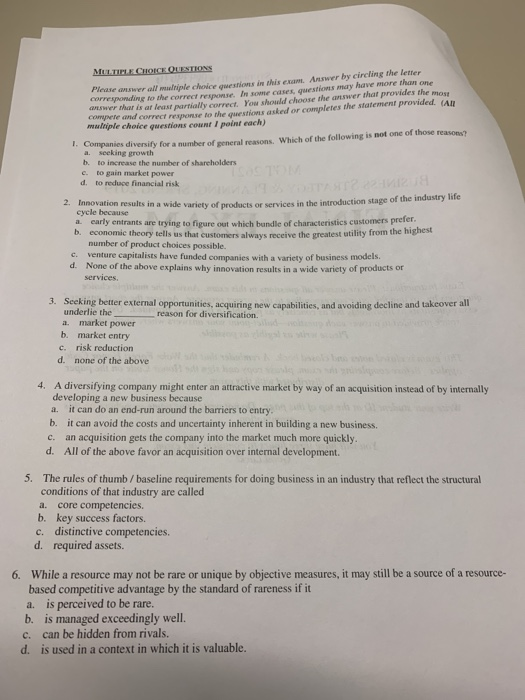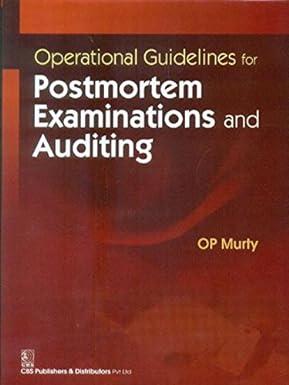have more than one corresponding to the correct response. In some cases, guestions mdry answer thar is at least partially correct. You should choose the answer that provides the mos comypere and correct response to the questions asked or completes the statement provided. (Alul Please answer all muelriple choice questions in this exam. Answer by circling the letter multiple choice questions count I point each) diversify for a number of general reasons. Which of the following is not one of those reasons? seeking growth to increase the number of shareholders to gain market power to reduce financial risk a. b. e. d. 2. Innovation results in a wide variety of products or services in the introduction stage cycle because a early entrants are trying to figure out which bundle of characteristics customers prefer. b. economice theory tells us that customiers always receive the greatest utility from the highest number of product choices possible. venture capitalists have funded companies with a variety of business models. None of the above explains why innovation results in a wide variety of products or services c. d. Seeking better external opportunities, acquiring new capabilities, and avoiding decline and takeover all 3. underlie the a. market power b. market entry c. risk reduction reason for diversification. d. none of the above A diversifying company might enter an attractive market by way of an acquisition instead of by internally 4. developing a new business because a. it can do an end-run around the barriers to entry b. it can avoid the costs and uncertainty inherent in building a new business. c. an acquisition gets the company into the market much more quickly d. All of the above favor an acquisition over internal development. 5. The rules of thumb/baseline requirements for doing business in an industry that reflect the structural conditions of that industry are called a. core competencies. b. key success factors. c. distinctive competencies. d. required assets. While a resource may not be rare or unique by objective measures, it may still be a source of a resource- based competitive advantage by the standard of rareness if it a. is perceived to be rare. b. is managed exceedingly well. 6. can be hidden from rivals. is used in a context in which it is valuable. c. d







